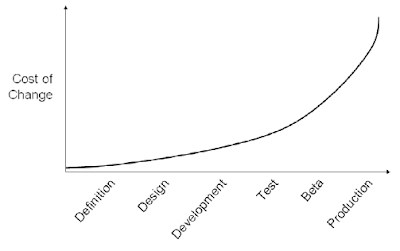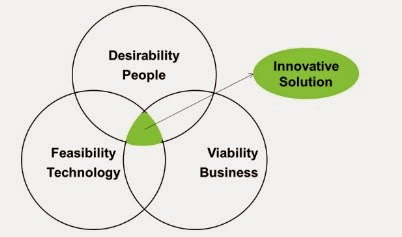Thoughts on Non-functional requirement in Agile
In an ideal system the below mentioned non functional characteristics could be imagined: Highly Secure Very High performance Massive flexible Extremely Scalable Easy to use Easy to support Simple to develop and maintain However this comes with a cost hence a careful up front analysis should be done to make an informed decision on what architecture to choose for the system. Suggestion is to involve all the people involved in the delivery in the beginning of the project to think through the application. This would help identify the impact on below mentioned activities: System architecture Project schedule Test strategy Overall Cost Stories with clear acceptance criteria must be created so that these could be tracked and thinking is evaluated. Remember to avoid such acceptance criteria : Response time must be "as fast as possible" If no further analysis is done on such criteria then there are possibility of adding comple...

